The Hinterkaifeck murders - Germany's oldest unsolved massacre
The chilling tale of a murderer who carried on living in the family home of the dead
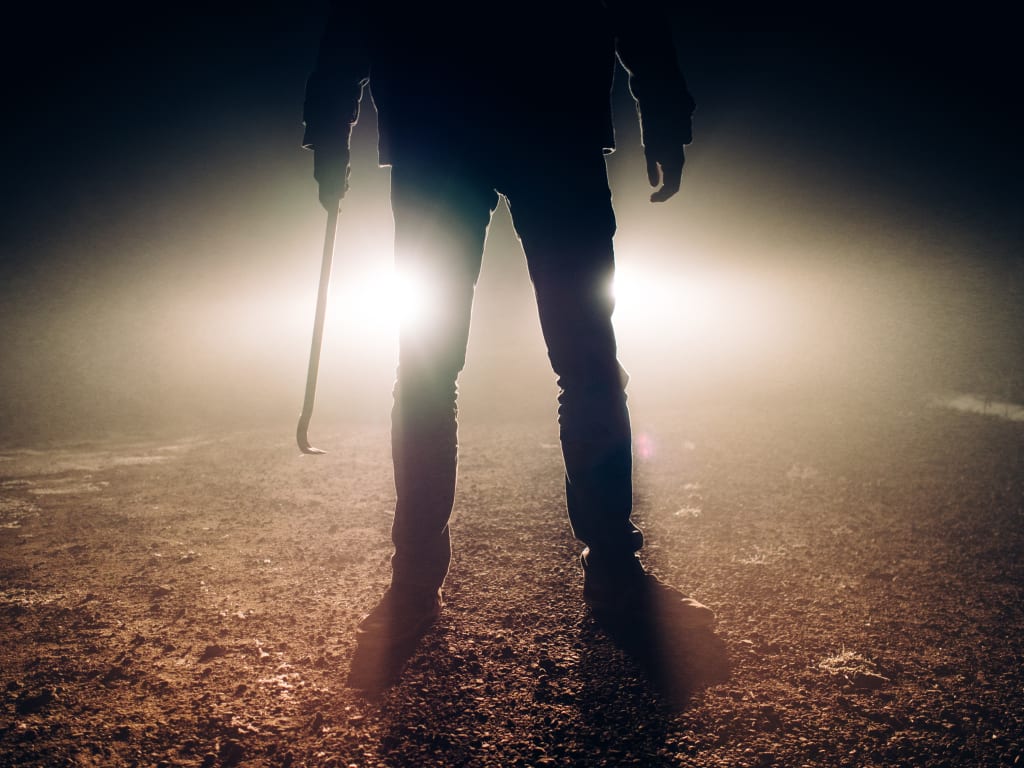
Intro
Widowed Viktoria Gabriel (35) lived with her two young children Cäzilia (7) and Josef (2), her parents Andreas (63) and Cäzilia Gruber (72), and their maid Maria Baumgartner (44) in Germany.
They kept very much to themselves in a lonely Bavarian homestead, on the outskirts of town near the woods. Little did they know the farmhouse would be demolished as neighbours could not bear the ghoulish reminder of what happened there.
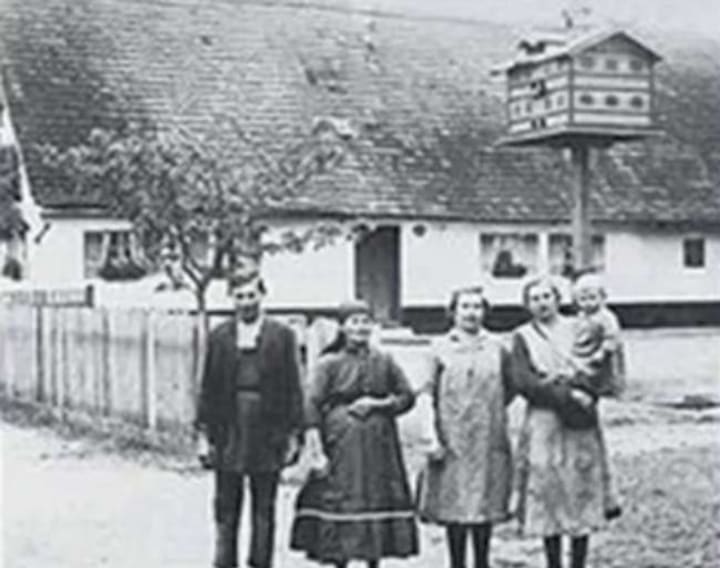
The neighbours had become concerned when young Cäzilia missed school for several days, the entire family missed Church, and their post pilled up at the post office uncollected.
A search party discovered the bodies of the maid and the two-year-old boy slaughtered in their beds. The rest of the family's bodies were found in the barn. They were stacked up one on top of another in the barn, covered with hay.
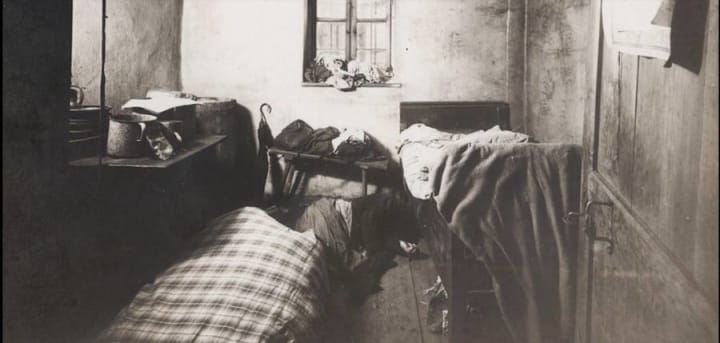
The injuries were brutal, smashed skulls, strangulation, shattered jaws, and gaping wounds—all caused by a mattock (pickaxe). The seven-year girl was found with clumps of her hair in her hands, torn out in shock and distress. She survived for several hours after the deaths of the other members of the family.
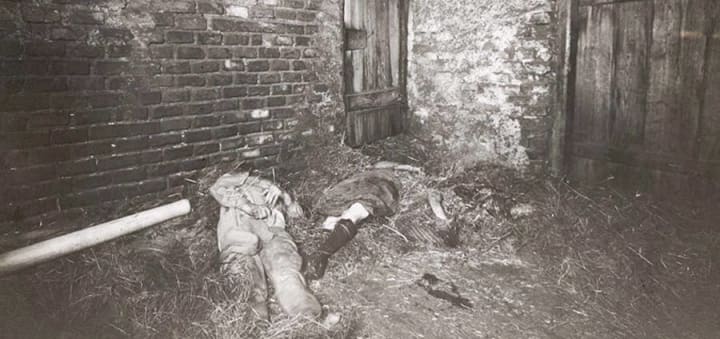
Nearly one hundred years later, the case remains unsolved, and the identity of the murderer is unknown to this, despite police interviewing over one hundred suspects. Not only was the crime as terrifying as any horror film, the more you look into the story, the more disturbing it becomes as the killer is not the only bizarre and unexplained detail surrounding the case.
The story
Six months before the murders, the family's former maid quit her position. Why? Because she feared that the house was haunted after hearing footsteps and voices from the attic during the night. The new maid was murdered on the very first day of her new position.
In the weeks leading to the attack, Andreas found scratch marks on the lock to the tool shed, a strange newspaper in the house, and that house keys had disappeared. He also found footprints in the snow that lead into the house but never left. Nobody had been outside the house after the snow had fallen.
On the 31st March 1922, the killer somehow lured each family member to the barn, one by one. They killed them all in the same way, a combination of strangulation and beating them to death. They then beat the maid Maria to death in her death followed by two-year-old Josef in his cot.
Now perhaps even more disturbing, the killer did not flee the scene. The bodies were not discovered for four more days. One reason was that smoke was still coming out of the farmhouse chimney, making neighbours think that the family was home. The killer took residence in their home for several days after. They ate the family's food and even tended to menial tasks about the farm, such as feeding the animals and milking the cows.
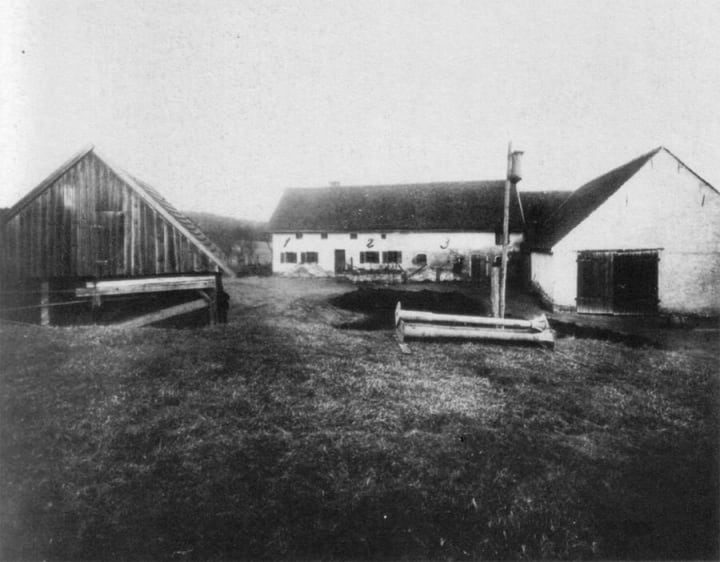
Three men investigated the farm four days later, Lorenz Schlittenbauer, Michael Pöll, and Jakob Sigl. They discovered the barn door open, revealing the horror within. Michael and Jakob said that Lorenz behaved suspiciously, seeming to be unnaturally calm and comfortable with touching and moving the bodies.
The murder weapon, the mattock (pickaxe), was found one year later in the attic.
The Investigation
There were multiple theories and many suspects interviewed in the aftermath of the murders.
Some initially thought that Andreas had committed the murders and then committed suicide. There were previous allegations of domestic violence against him. But this was quickly disproven by autopsy. It was impossible that any of the victim's injuries were self-inflicted.
The case was quickly dismissed as a robbery gone wrong as nothing of value had been taken. There was even money and jewellery left in plain sight.
Here are the two most popular theories. I'll let you draw your own conclusions.
1. Karl Gabriel - Viktoria's husband and father of her first child Cäzilia. Karl had been believed to have died in the war. However, there was a theory that this was untrue, that he had taken another soldier's identity to return home to take revenge on the family.
Revenge for what? Viktoria and her father, Andreas, were convicted of incest in 1915 which Andreas served one year and Viktoria one month in prison. Not only this, the discovery of a second child to another man.
Why was this dismissed? Although there was no physical evidence of his death as a bomb destroyed his body, there were witness accounts of his death in 1914.
2. Lorenz Schlittenbauer - you may have noted his strange behaviour at the crime scene. He also knew the layout of the homestead and the location of things like the animal's food.
The motive was obvious. He was believed to be the father of Viktoria's youngest son Josef. He, however, was unsure of this. He claimed that Josef was, in fact, the son of Viktoria's father, Andreas! He refused to marry Viktoria or pay her child support as he was sickened by their incestuous relationship. He later accepted paternity and paid child support yet continued to claim that Andreas was the father. It was well known that he and Viktoria had many blazing rows.
Why wasn't he convicted? Lorenz was asthmatic, and it wasn't believed that he would be physically capable of beating six people to death. He had not been spotted near the property in the days surrounding the murders. He was now married and had not been missing from his marital home at the time.
Where it gets even weirder
1. Upon searching the attic, police found not only the murder weapon but also food scrapes. Tiles had been removed so that the family below could have been tracked. It is believed that the killer may have been living in the attic for a significant length of time.
2. In 1923, only one year later, the farm was destroyed and replaced with a memorial to the victims.
3. All six heads of the victims were removed by the court physician and sent to Munich for further investigation. While there, they were given to clairvoyants. All six bodies are buried without their heads. The heads were lost during the second world war and have never been found.
4. In 1971, a woman called Teresa came forward and claimed that two brothers named Karl and Andreas committed the murders. She claimed this from overhearing a visit to her mother from their mother when she was twelve years old.
Their mother later committed suicide by building a pyre in her kitchen, sitting in the middle of it, and setting it on fire.
This was dismissed due to a lack of evidence and no connection between the men and the family.
5. In 2007, this was reopened as a cold case, using modern-day forensics. They have narrowed down their conclusions to the most likely suspect but have not made the information public. They can never be sure of the truth as all suspects are now deceased.
Conclusion
The Hinterkaifeck murders are my favourite unsolved mystery of the grisly underworld of true crime. This is because it's not a classic case of "Who done it?" there is a whole myriad of unanswered questions. Each question raises yet another.
Who would murder an entire family, including their innocent young children and their maid, and why? How was one person able to murder six? How were they lured to the barn?
Why did they live in the family home afterward? Were they living in the attic and watching the family for months before? Why?
Who was the birth father of Josef? Why did Viktoria return to live with her father and the family after the incest conviction? What was Viktoria's mother's role in all of this?
What happened to the victims' heads? Where are they now? Why were they given to a clairvoyant, and what did the clairvoyant say about them?
Why were the neighbours so quick to destroy the home? If it hadn't been destroyed it, would it later have provided evidence to identify the killer?
The further and further you dig, the further you are taken down the rabbit hole to the 100-year-old complex maze of the warren. You will never find the hidden treasure, the answer that you were looking for. You could be forever lost in that maze finding new twists and turns, not even realising just how lost you are.
All the while, the answers are buried deeper than you can dig.
The murder took them to the grave.
Sources
Wikipedia You tube - Unsolved Memorial Google books- Encyclopaedia of unsolved crimes
If you love true crime you can buy a copy of the -'Encyclopaedia of unsolved crimes' (affiliate link)
Author
Georgina Nelson. Traveller. Writer. Photographer. Yoga teacher.
Sh*t Happens — because the things that go wrong make the funniest stories.
About the Creator
Sh*t Happens - Lost Girl Travel
Hi! I’m Georgie and I share travel stories of when sh*t happens. I think that sometimes the worst things that happen to you traveling, are often the funniest
Follow me on Instagram! https://www.instagram.com/sh.t_happens_lost_girl_travel/






Comments
There are no comments for this story
Be the first to respond and start the conversation.